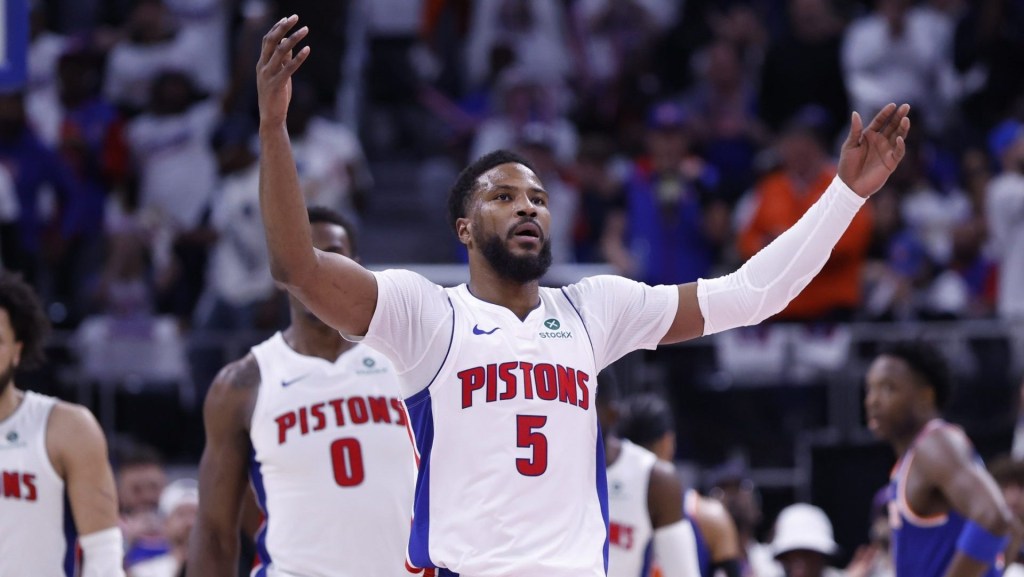There’s no replacing the energy provided by live fans. But ESPN sees a strategic opportunity to create a different kind of basketball telecast as the NBA resumes its regular-season games from a fan-less arena in Orlando.
ESPN viewers should expect a more up-close and intimate view of the action, according to Mike Shiffman, ESPN’s vice president of production, and who is in the NBA bubble. They’ll hear chatter from players and refs, the bounce of the ball, the squeak of the sneakers. Think of it as more like an “NBA Unplugged” acoustic set than the rock and roll concerts of previous seasons.
Court-side seats at NBA games are one of the best, if not the best, tickets in sports. The rail-cam and other close-up cameras will give TV viewers the vantage point of front-row spectators, who pay thousands of dollars to have their feet on the playing court.
All of these efforts will look to bring viewers closer to the game. “It’s a more intimate experience. You’re in the arena,” Shiffman said.
The most promising addition will be the use of a court-level “rail-cam” that slides back and forth as the ball runs up and down the floor. It’s been used for replays before. But now it will be used during live game action.
But while the rail-cam provides a terrific new opportunity, it comes with challenges, Shiffman said.
The refs, for example, sometimes block the view of the TV audience. Higher camera angles are also better at capturing the speed of players like Russell Westbrook of the Houston Rockets as they charge to the hoop.
Using the rail-cam during live game action won’t be the only TV innovation viewers will notice from the NBA bubble in Orlando.
Leading up to the league’s long-awaited restart, the NBA and media partners ESPN and TNT reimagined how to televise basketball.
They placed more than 30 cameras closer to the court in Orlando to provide never-before-seen angles and alternate feeds. There will be mics placed around the court to capture the cries of plates and the dribble of the ball.
Fans will be able to digitally cheer for their teams through an NBA app. The league will also digitally insert crowd noise “natural” to the home team, Shiffman said. So if LeBron James and the Los Angeles Lakers are the home team, the game will sound like it’s being played at the Staples Center.
“It makes it feel authentic. It sounds like what a Lakers home game would sound like,” Shiffman said.
ESPN will also use a slight tape delay on game telecasts to avoid airing any profanities from players, coaches or refs.
The goal of these enhancements is to give NBA viewers a more personalized experience.
“Our goal is to create an enjoyable and immersive experience where fans can engage with each other and maintain a sense of community as we restart the season under these unique and challenging circumstances,” said Sara Zuckert, NBA’s head of next gen telecast, in a statement.
ESPN will televise a total of 20 NBA seeding games before tipoff of the NBA Playoffs. ESPN and TNT will share early playoff round coverage. TNT will show the Western Conference Finals while ESPN all show the Eastern Conference Finals and NBA Finals.

















